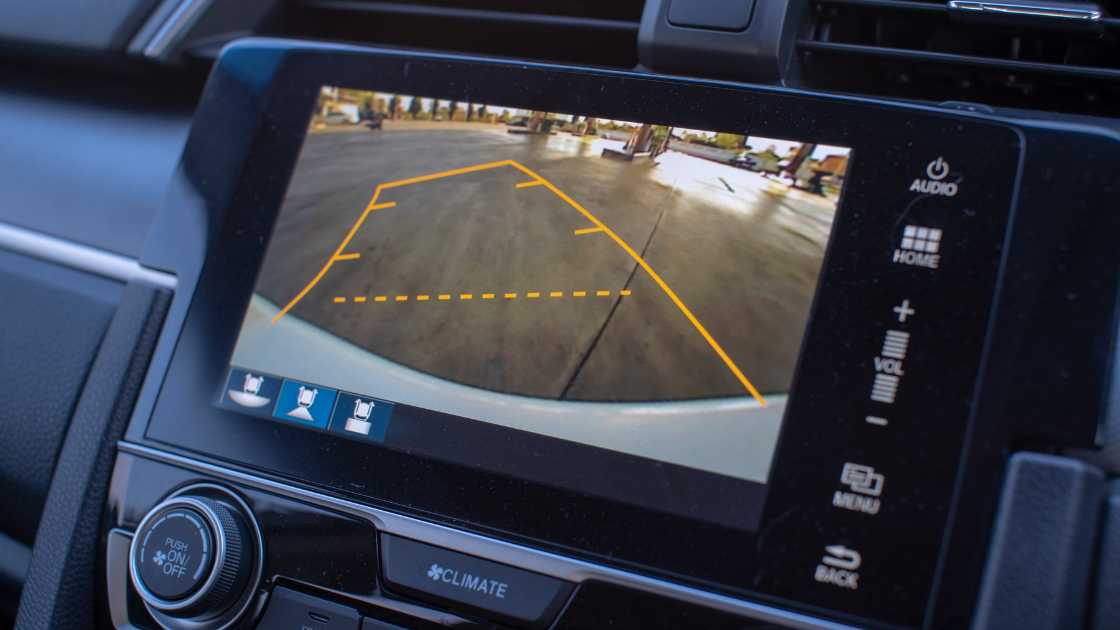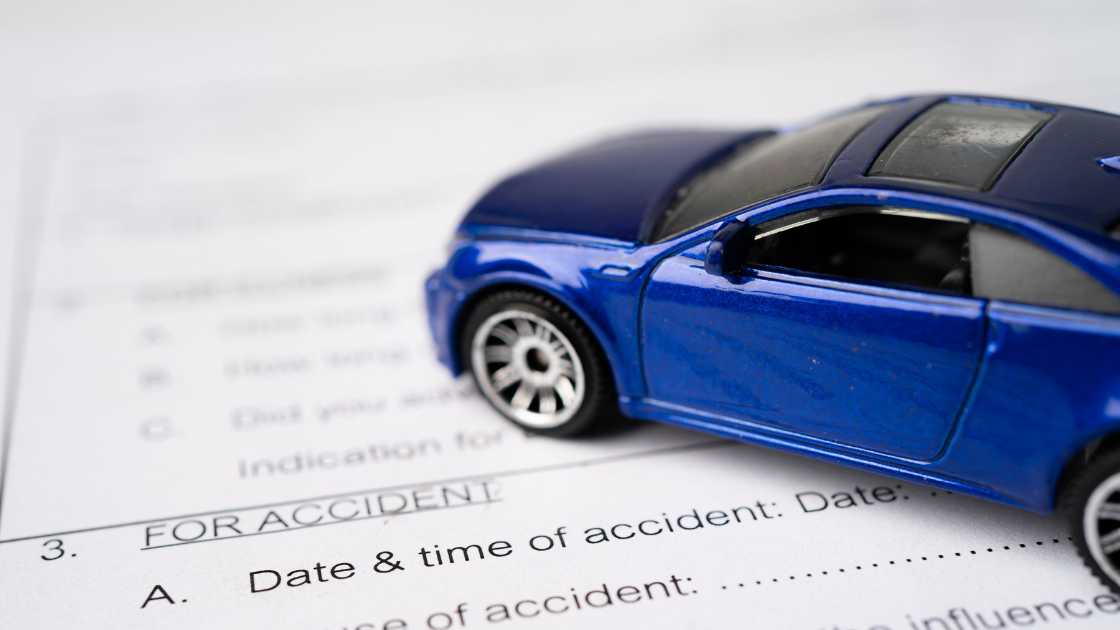The Vehicle Stability Assist (VSA) system, also known as Electronic Stability Control (ESC), is a critical safety feature in modern vehicles. It helps drivers maintain control during adverse driving conditions, such as slippery roads or abrupt maneuvers. However, like any other automotive component, the VSA system can encounter issues that require repairs. In this article, we will explore the cost factors associated with fixing a malfunctioning VSA system.
There are 3 Steps to Identifying and Managing Cost Factors for VSA System Repairs
Understanding the VSA System
Before diving into the cost of VSA system repairs, it’s essential to understand what this system does. VSA uses sensors to monitor various vehicle parameters, including wheel speed, steering angle, and lateral acceleration. It can selectively apply brakes and adjust engine power to help the driver regain control in situations where the vehicle is at risk of skidding or sliding.
Common VSA System Issues
Warning Lights and Error Codes
When your vehicle’s VSA system encounters a problem, it often triggers warning lights on the dashboard, indicating that the system needs attention.
Modern vehicles may also store error codes in the onboard computer, providing valuable information for diagnosing the issue.
Sensor Malfunctions
VSA relies on several sensors to collect data and make adjustments. Sensor malfunctions can lead to system failures, as the system may receive inaccurate information.
Brake System Problems
The VSA system interacts with the vehicle’s brake system to control wheel speed and stability. Brake issues can impact VSA performance.
Wiring and Electrical Problems
Electrical faults, such as damaged wiring or corroded connections, can disrupt the VSA system’s functioning.
Cost Factors for VSA System Repairs
Diagnostic Fees
When you experience VSA system problems, the first step is usually a diagnostic check. Mechanics will connect diagnostic tools to the vehicle to retrieve error codes and identify the root cause. Diagnostic fees can range from $50 to $150.
Sensor Replacement
If a malfunctioning sensor is the culprit, replacement costs can vary depending on the sensor’s location and accessibility. Sensor replacements typically range from $100 to $300.
Brake System Repairs
Brake-related issues can impact the VSA system’s performance. Repairing the brake system can involve brake pad replacement, rotor resurfacing, or even brake fluid flushes. Costs can range from $100 to $500 or more.
Wiring and Electrical Repairs
Fixing wiring and electrical problems may require labor-intensive work to trace and repair damaged wires or connectors. Costs for these repairs can range from $100 to $500, depending on the extent of the damage.
Control Module Replacement
In some cases, the VSA system’s control module may need to be replaced. This is one of the costliest repairs and can range from $300 to $800 or more.
Labor Costs
Labor costs can vary significantly depending on the complexity of the repair and the shop’s hourly rates. Expect labor costs to range from $100 to $300 or more.
FAQs
How much does it typically cost to fix a VSA system?
The cost to fix a Vehicle Stability Assist (VSA) system can vary depending on the specific issue, the make and model of your vehicle, and where you choose to have the repairs done. On average, VSA system repairs can range from $100 to $800 or more. The exact cost is determined by factors such as diagnostic fees, sensor replacement, brake system repairs, wiring or electrical repairs, control module replacement, and labor costs. To get an accurate estimate, it’s recommended to consult with a qualified mechanic who can diagnose the problem and provide you with a detailed cost breakdown.
What can cause the VSA system to malfunction, and do the repair costs vary based on the issue?
Several factors can lead to VSA system malfunctions, including sensor malfunctions, brake system problems, wiring or electrical issues, and control module failures. The specific issue will indeed influence the repair costs. For instance, replacing a malfunctioning sensor can cost between $100 and $300, while more complex repairs like control module replacement may range from $300 to $800 or more. Diagnostic fees and labor costs also play a significant role in determining the overall expense.
Are there ways to reduce the cost of VSA system repairs?
Yes, there are several ways to minimize the cost of VSA system repairs. Regular vehicle maintenance and servicing can help identify potential issues early, preventing them from escalating into more costly problems. Additionally, you can seek estimates from multiple mechanics or repair shops to find the most cost-effective option. Some drivers with a good understanding of automotive systems may choose to perform simpler repairs themselves, which can save on labor costs. However, it’s important to exercise caution, as VSA system repairs may involve complex components that require professional expertise.
Conclusion
The cost of fixing a malfunctioning VSA system can vary widely based on the specific issue, the vehicle’s make and model, and where you have the repairs done. It’s essential to address VSA system problems promptly, as this system plays a crucial role in vehicle safety. Regular maintenance and servicing can help prevent major issues and reduce the overall cost of VSA system repairs. If you experience VSA system issues, it’s advisable to consult with a qualified mechanic for a thorough diagnosis and an accurate estimate of repair costs.

Jeff Gordon is an accomplished writer with expertise in the basics of car accessories. With a keen eye for detail, Jeff has established himself as an authority on the subject, with a passion for all things automotive. Based in Jasper, Jeff is dedicated to providing readers with the information they need to make informed decisions when it comes to their car accessories.




